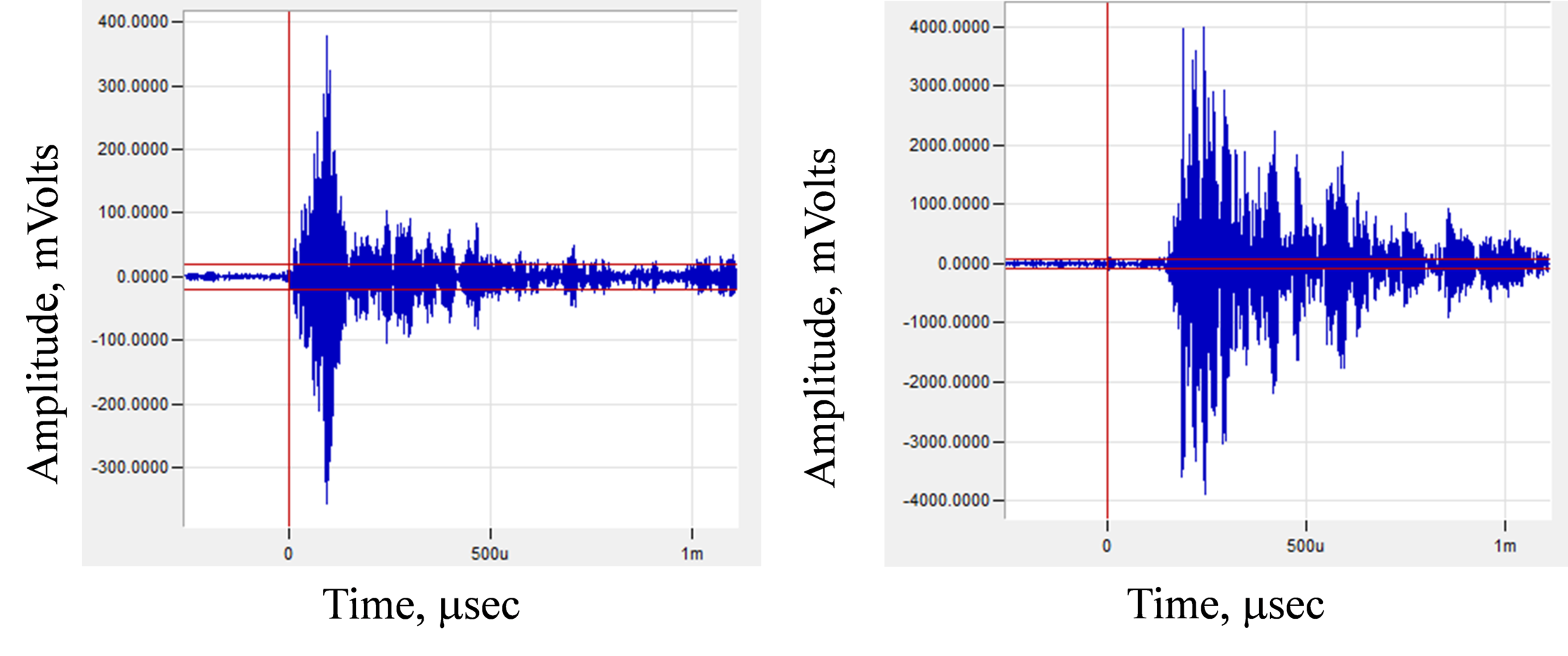
Acoustic Emission (AE)
Public NDT
Active 2 months ago
Welcome to [NDT Inspection Portal]’s acoustic emission (AE) group, a place for professionals to... View more
Public NDT
Group Description
Welcome to [NDT Inspection Portal]’s acoustic emission (AE) group, a place for professionals to connect and discuss the latest techniques and technologies in AE.
Acoustic emission (AE) is a specialized field within non-destructive testing (NDT) and inspection that involves the detection and analysis of acoustic waves or vibrations emitted from materials or structures as a result of internal or external stimuli. It is an important aspect of ensuring the safety and reliability of components, structures, and materials in various industries, including manufacturing, construction, and engineering.
Acoustic emission (AE) involves the use of specialized sensors and equipment, such as piezoelectric transducers, to detect and analyze acoustic waves or vibrations emitted from materials or structures. It may involve the use of other NDT methods, such as ultrasonic testing and radiographic testing, to identify any potential issues or defects, such as cracks, porosity, or corrosion. AE is often used to monitor the integrity and performance of components, structures, and materials in real-time and to predict potential failures or issues. It is particularly useful in situations where it is not possible or safe to physically access the inspection site or to apply load or stress to the material or structure.
Our member group offers a platform for sharing knowledge and best practices on AE and its applications in various industries. Join our community of experts from around the world and be a part of the conversation on advancing the practice of AE and its applications in the field of NDT and inspection. Whether you are new to AE or an experienced professional, you’ll find valuable resources and a welcoming community in our group.
difference between UT and AE
difference between UT and AE
Posted by william on 27/11/2021 at 2:43 pmwhat is difference between UT an AE in advantages and disadvantages and applications?
jaden replied 2 years, 4 months ago 2 Members · 1 Reply- 1 Reply
(I hope that experts will answer your question better than I can do, but I will tell you my opinion.
AE method can inspect large structures more easy than UT because it is not necessary to scan a large structure with a lot of manpower. I guess you know that AE sensor listen waves that are generated from the source (crack) that teavelling through the structure. AE method detects a crack a bit late since the crack must be already big enough to generate waves. For this reason the structure is often stressed by load that stimulates the cracks to generates waves. AE method domain is monitoring of structures (e.g. bridges) during operation.I hope that my opinion is in principle right. I just wanted to get the ball runing. I sure that experts can answer more complete and better than I did.)
For more details you should study the papers in the archive especially the seven volumns of EWGAE proceedings
Log in to reply.